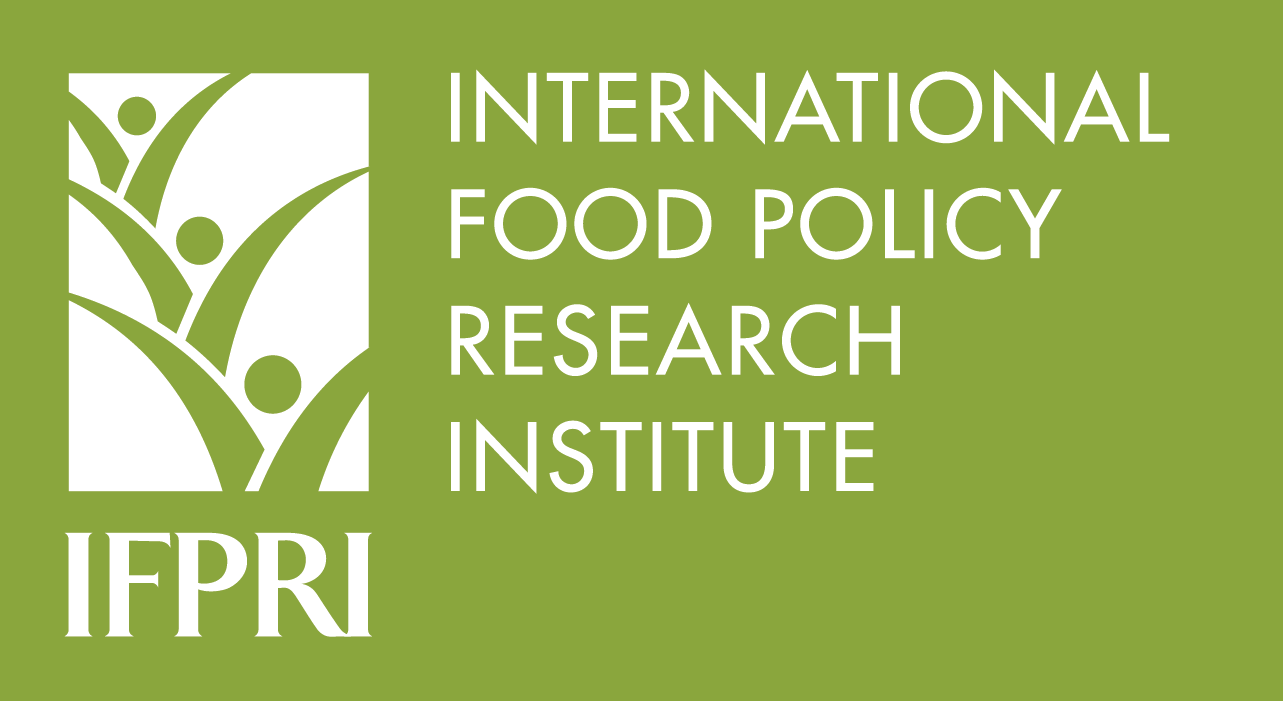Focal point
Location
About IFPRI
The International Food Policy Research Institute (IFPRI) provides research-based policy solutions to sustainably reduce poverty and end hunger and malnutrition in developing countries. Established in 1975, IFPRI currently has more than 500 employees working in over 50 countries. It is a research center of theCGIAR Consortium, a worldwide partnership engaged in agricultural research for development.
Vision and Mission
IFPRI’s vision is a world free of hunger and malnutrition. Its mission is to provide research-based policy solutions that sustainably reduce poverty and end hunger and malnutrition.
What We Do
Research at IFPRI focuses on six strategic areas:
- Ensuring Sustainable Food Production: IFPRI’s research analyzes options for policies, institutions, innovations, and technologies that can advance sustainable food production in a context of resource scarcity, threats to biodiversity, and climate change. READ MORE
- Promoting Healthy Food Systems: IFPRI examines how to improve diet quality and nutrition for the poor, focusing particularly on women and children, and works to create synergies among the three vital components of the food system: agriculture, health, and nutrition. READ MORE
- Improving Markets and Trade: IFPRI’s research focuses on strengthening markets and correcting market failures to enhance the benefits from market participation for small-scale farmers. READ MORE
- Transforming Agriculture: The aim of IFPRI’s research in this area is to improve development strategies to ensure broad-based rural growth and to accelerate the transformation from low-income, rural, agriculture-based economies to high-income, more urbanized, and industrial service-based ones. READ MORE
- Building Resilience: IFPRI’s research explores the causes and impacts of environmental, political, and economic shocks that can affect food security, nutrition, health, and well-being and evaluates interventions designed to enhance resilience at various levels. READ MORE
- Strengthening Institutions and Governance: IFPRI’s research on institutions centers on collective action in management of natural resources and farmer organizations. Its governance-focused research examines the political economy of agricultural policymaking, the degree of state capacity and political will required for achieving economic transformation, and the impacts of different governance arrangements.
Research on gender cuts across all six areas, because understanding the relationships between women and men can illuminate the pathway to sustainable and inclusive economic development.
IFPRI also leads two CGIAR Research Programs (CRPs): Policies, Institutions, and Markets (PIM) andAgriculture for Nutrition and Health (A4NH).
Beyond research, IFPRI’s work includes partnerships, communications, and capacity strengthening. The Institute collaborates with development implementers, public institutions, the private sector, farmers’ organizations, and other partners around the world.
Resources
Displaying 1031 - 1035 of 1521The role of agriculture in poverty reduction in Pakistan
This volume represents the outcome of a joint effort by IFPRI and Beaconhouse National University, Lahore, with support from the Institute of Development Studies (IDS), to bring together some of the brightest and most influential minds in academia and policymaking circles to discuss the role of agriculture in poverty reduction in Pakistan. A day-long seminar took place on March 12, 2005 in Lahore, Pakistan.
High value products, supermarkets and vertical arrangements in Indonesia
Indonesian economy has experienced some major changes during the last three decades and transformed from a predominantly agricultural economy to one that relies more heavily on its non-agricultural sector. Within agriculture, there has also been a change in the contribution of different sub sectors and high value products have grown relatively rapidly making agriculture more diversified.
Between conservationism, eco-populism and developmentalism
"The present paper analyzes the role of discourse in conflicts concerning nature conservation in tropical countries. We focus on the contested question as to whether and to which extent local communities should be allowed to live and use resources inside protected areas.
The dragon and the elephant
China’s and India’s rapid rise in the global arena has not only captured the attention of the world but has also set into motion a rethinking of the very paradigm of economic development....Today, China and India together account for 40 percent of the world’s population. Both have implemented a series of economic reforms in the past two and half decades: China initiated this process at the end of the 1970s, while India began in the early 1990s. These reforms have led to rapid economic growth, with a growth rate of 8–9 percent per annum in China and 6–7 percent per annum in India.
The family farm in a globalizing world
The topic of family farms has been gaining prominence in the academic, policy, and donor communities in recent years. Small farms dominate the agricultural landscape in the developing world, providing the largest source of employment and income to the rural poor, yet smallholders remain highly susceptible to poverty and hunger. With the advance of globalization and greater integration of agricultural markets, the need for increases in agricultural productivity for family farms is particularly pressing.



